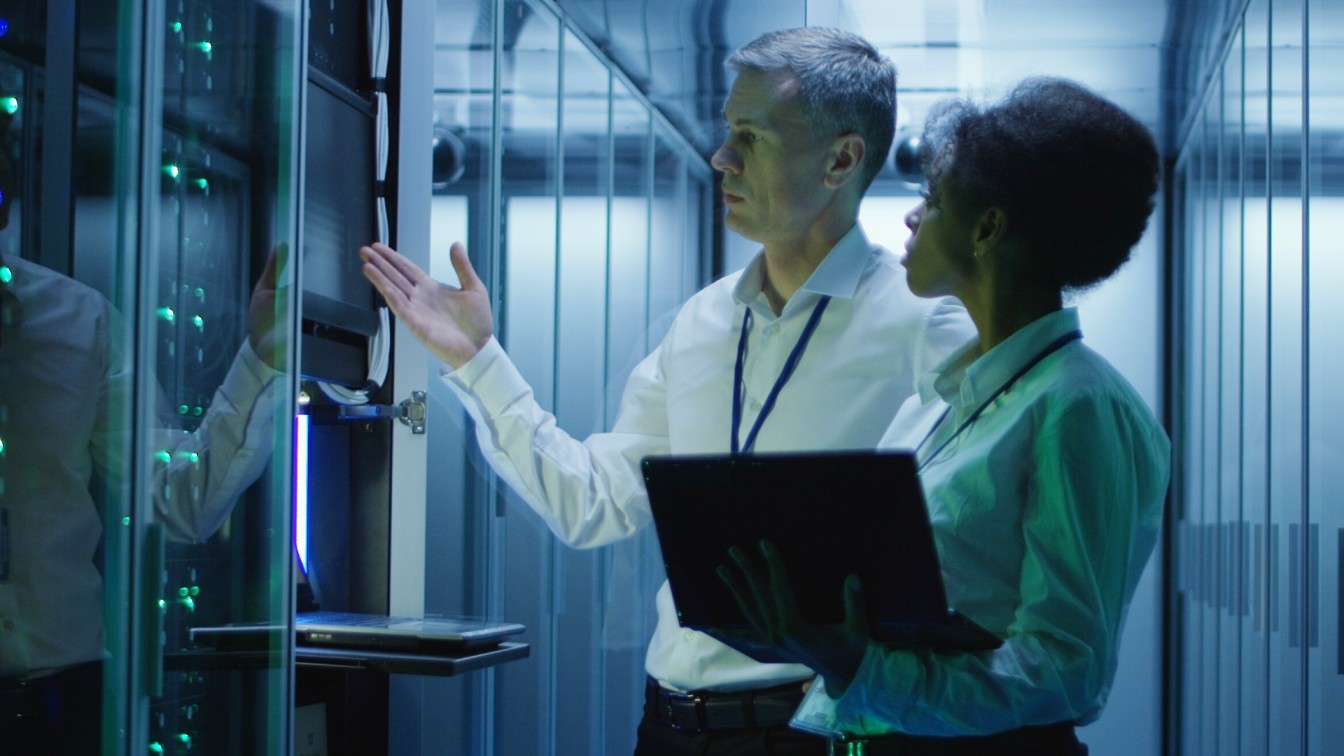Cybersecurity was a widely discussed topic at the World Economic Forum in January. WEF23 coincided with the launch of the Forum’s Global Security Outlook Report prepared in collaboration with Accenture, which revealed that 86% of business leaders fear global geopolitical instability will probably lead to a catastrophic cyberattack within the next two years. As a digital solutions provider, at DMI we are more than familiar with cyber risks and why cybersecurity should be a top priority at every company. We also understand that becoming cyber resilient is a journey that requires time, talent, and investment. Drawing on our own experience and the areas covered in the Forum’s report, we’ve summarised some of the main points to consider for building long-term cyber resilience. The cyber risks are real, but it’s not all doom and gloom!
Embedding Cyber Risk Management and Awareness Across the Organization
With more and more processes going digital, cyber risk management needs to be embedded across the organization, from risk management and business continuity planning to finance, HR, and product development. Greater cyber resilience within all areas of the business means assets and data are better protected overall, and the organization is better positioned to develop a strategic response to changes in the threat environment. Awareness among the workforce is also essential, and regular internal training on cybersecurity issues should form a key element of cyber risk management and building a security-focused culture, with employees kept up to date and aware of the potential risks they may be exposed to and can help to avoid.

Action and Compliance Driven from the Top
For a cyber resilience strategy to be effective and achieve positive, long-term impact, it needs to be fully supported and driven from the top – after all, the C-suite executives are the ones kept awake at night by the threats of cyberattacks. Regulatory compliance is another matter for the management team, and with sector-wide enforcement of data security practices on the rise with regulations like the EU GDPR, it is in their interests to keep their organization as secure as possible – to protect both their data and their reputation.
Investing in Cyber Resilience – Internally and Externally
Nowadays, a sizeable percentage of every IT budget is inevitably allocated to cybersecurity and reducing cyber risks. And rightly so, as a cybercriminal only needs to identify one small vulnerability in a company’s network in order to launch an attack. Systems, servers, software, PCs, and so on all need to be protected with regular security audits and maintenance to protect against threats like malware, ransomware, social engineering, and phishing. Although these investments may be costly, they are worth their weight in gold if they keep systems and data secure. Companies also need to ensure that the same high level of security is observed throughout their supply chain – by collaborating with reliable partners who attach equal importance to minimizing exposure to cyber risks and eliminating security gaps.
The Demand for Cyber Talent
Relying on the security software and tools of external providers is not enough – there is a distinct need for companies to have their own cyber professionals. In an ideal world, not only will they be cybersecurity experts but will also have the skills to help raise awareness of cyber risks at every level of the organization. All it takes is for someone to click on a phishing link in an e-mail, yet this can be prevented if employees have the right knowledge. Recruiting cyber talent is a challenge in itself as there is a lack of resources, and competition for these skills is fierce, so the answer may be to upskill existing staff instead.
Despite the threats of cyberattacks, companies can take steps to reduce their risk of exposure. There are various factors to consider, starting with a cybersecurity strategy. A successful journey towards cyber resilience needs business leaders who will drive the strategy from the top. Focus should be given to training employees, making them aware of the cyber risks they are potentially exposed to and the role they play in helping to protect the company. A further priority is the recruitment of cyber talent or upskilling from within. And last but not least, the importance of selecting partners who can ensure the same high level of cybersecurity should not be overlooked! If you want to find out more about keeping data secure with Data Migration International’s Information Management Platform JiVS, get in touch with our team here.

Author: Tom Belleman, Project Manager and Senior Consultant, Data Migration International
